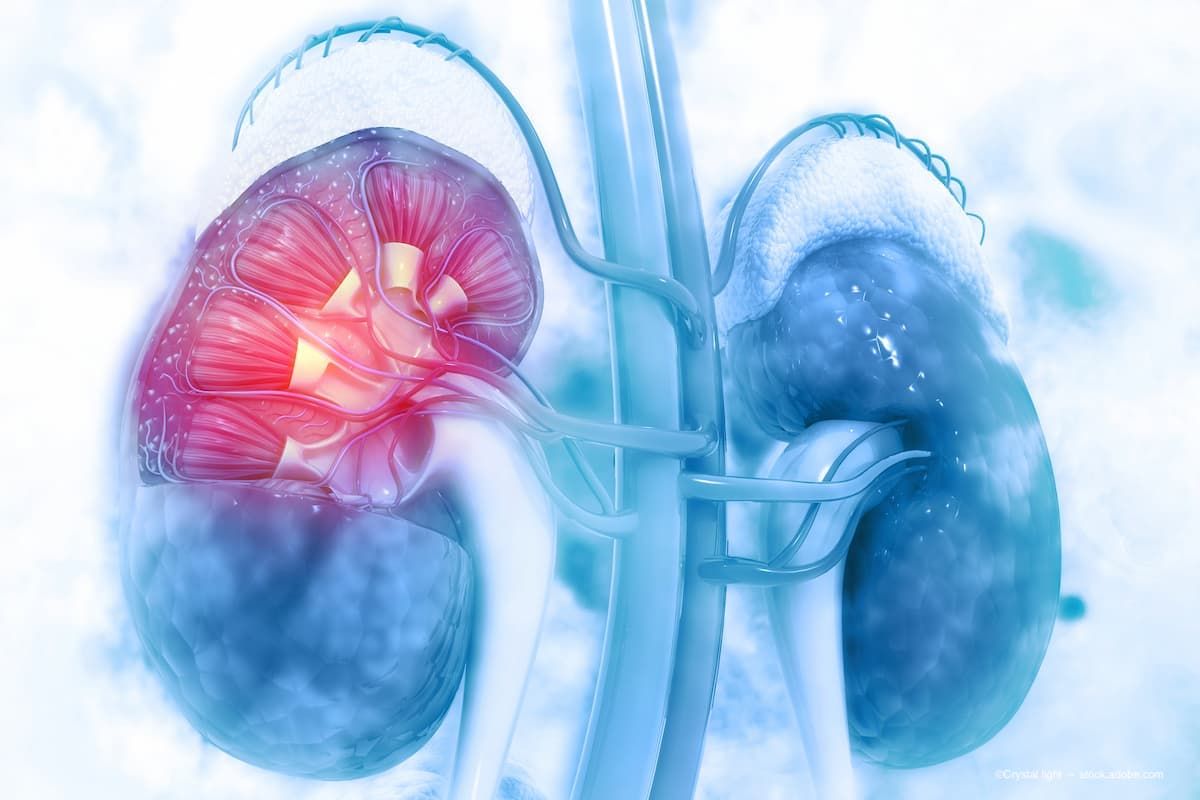Article
ASCRS 2023: Manifestations of chronic renal insufficiency in the eye
Author(s):
Umida F. Mavlyanova, PhD, in a presentation at the American Society for Cataract and Refractive Surgery’s annual meeting in San Diego, detailed how patients diagnosed with end-stage chronic renal failure displayed deceased blood flow in the orbital artery, the central artery of the retina and the posterior short ciliary arteries.
(Image Credit: AdobeStock/Crystal light)

The status of the kidneys are reflected in the ocular parameters in patients with chronic renal insufficiency, according to research by Umida F. Mavlyanova, PhD, from the Republican Specialized Scientific and Practical Medical Center for Eye Microsurgery, Tashkent, Uzbekistan.
Mavlyanova conducted a study that included 90 patients with end-stage chronic renal failure based on color ultrasound dopplerography, which also was used to study the blood flow of the orbital artery, central retinal artery and posterior short ciliary arteries.
Twenty healthy individuals served as controls in the study.
Mavlyanova also measured the maximum systolic velocity (Vmax) and the final diastolic velocity (Vmin) of the blood flow, and the resistance index (RI). In addition, clinical and laboratory evaluations were performed that included measurement of the blood pressure, hemoglobin, creatinine, and blood urea levels.
The results indicated that in the orbital artery, central retinal artery, and the posterior short ciliary arteries, the Vmax and Vmin were decreased significantly compared with normal values; the RI increased significantly in all areas (p<0.05 for all comparisons).
“In patients with chronic renal insufficiency, there is a violation of hemodynamic parameters of blood flow in the form of a decrease in the maximum linear velocity of blood flow in the orbital artery, the central artery of the retina and the posterior short ciliary arteries and an increase in the resistance index of the vessels of the eye,” Mavlyanova concluded.




